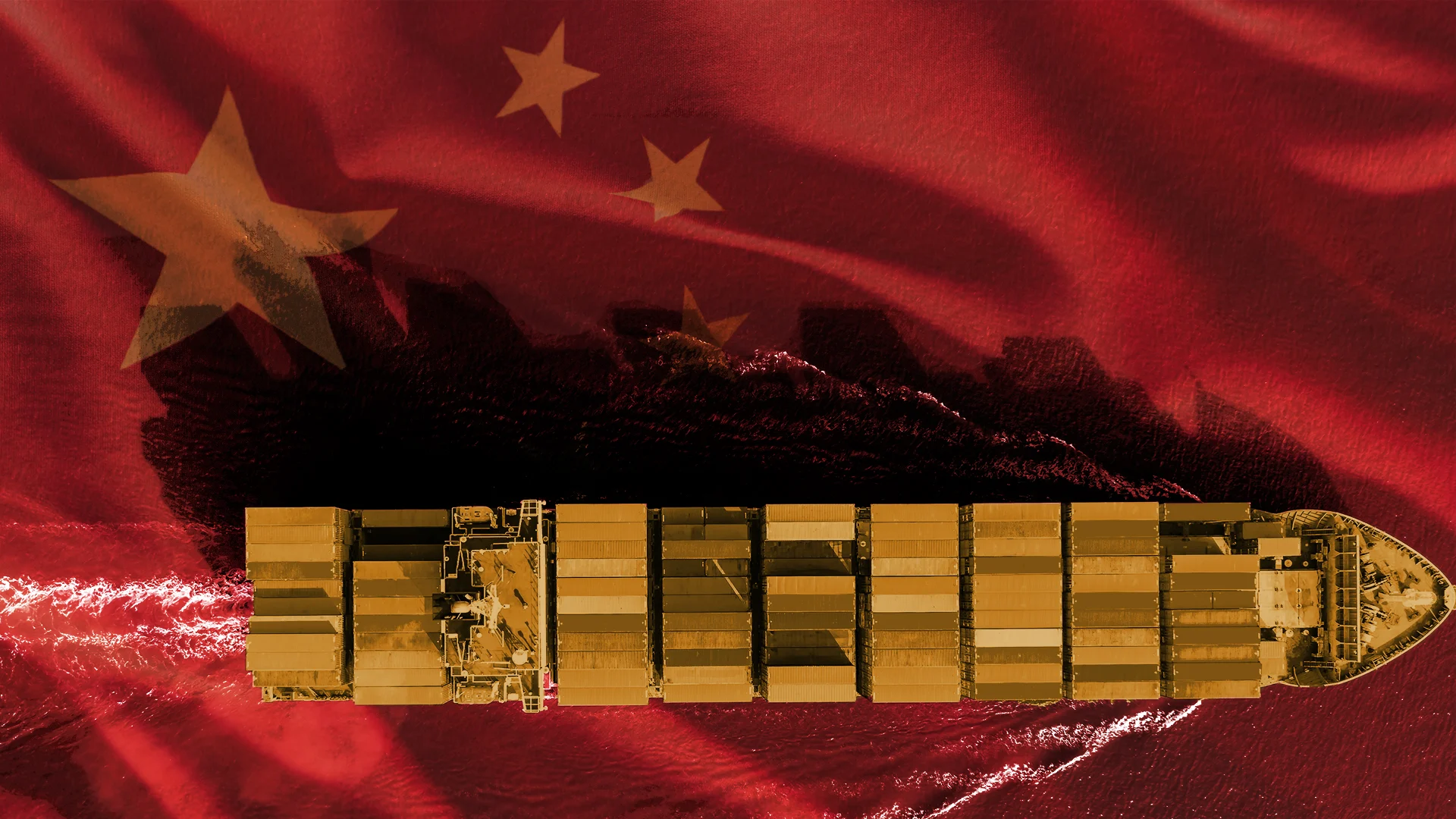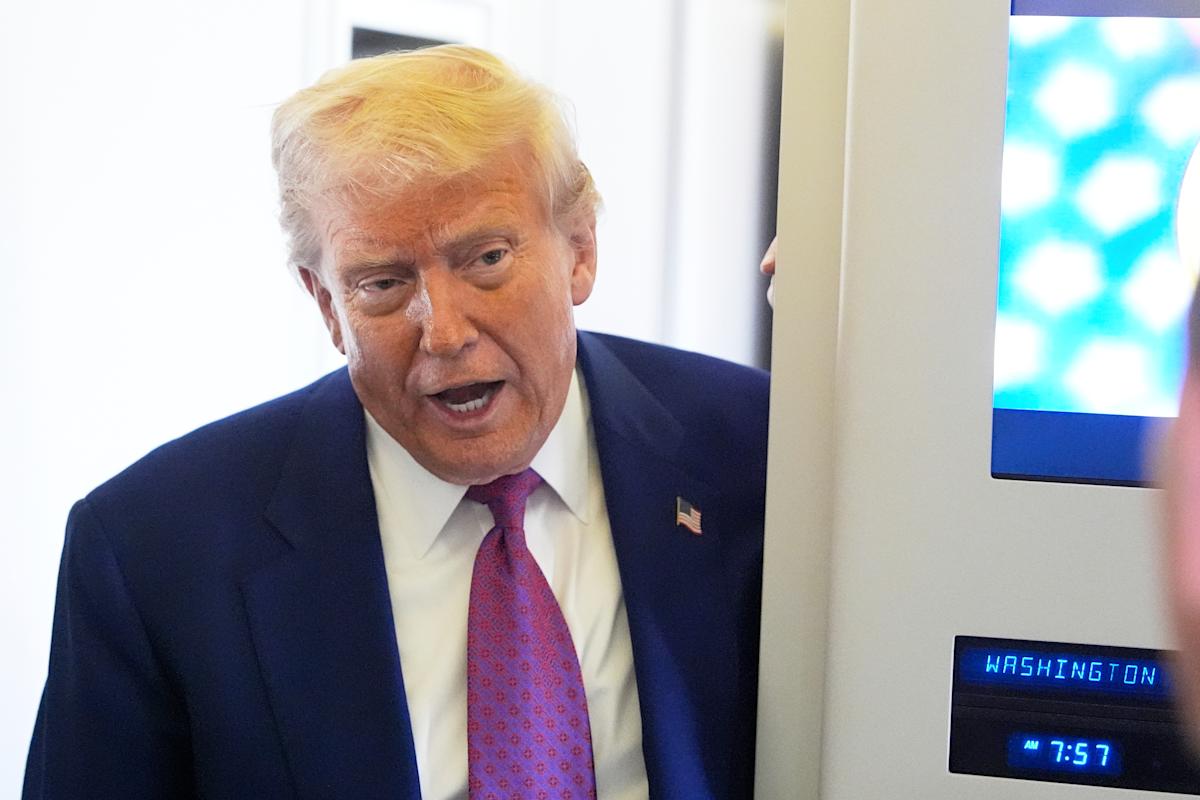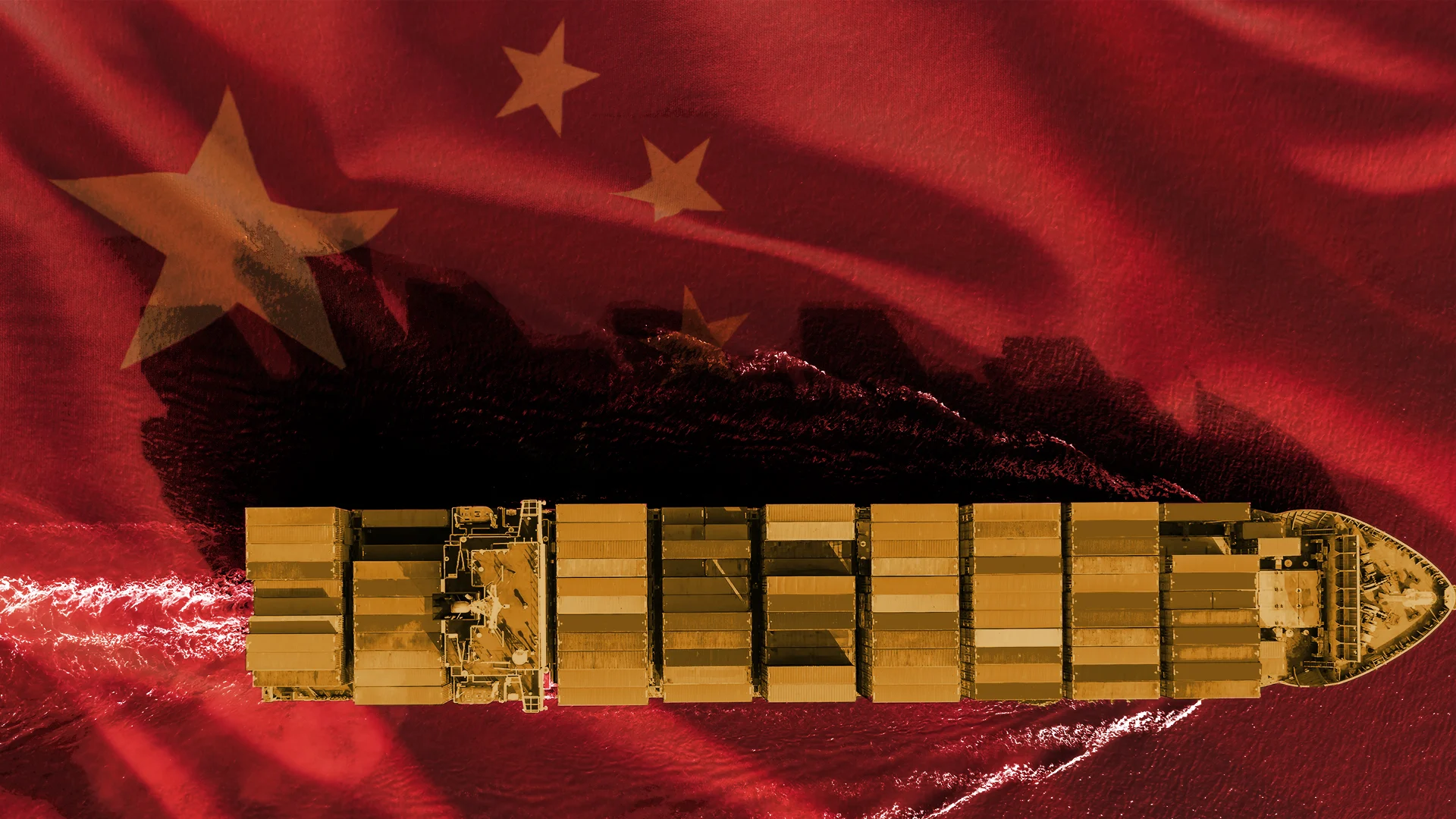## Level Up Your Business: How the U.S.-China Trade War Impacts Your Bottom Line
Gamestanza thrives on globalization. We connect with players, developers, and publishers across the world, sharing the joy of gaming through a digital marketplace. But behind the scenes, the global stage is shifting.

The ongoing trade war between the U.S. and China isn’t just headlines and economic jargon. It’s a real-world event with the power to impact your business, whether you’re a massive AAA studio or a passionate indie developer.

Beyond Tariffs: Non-Tariff Barriers and Their Impact on U.S. Businesses

While the spotlight often shines on tariffs, the U.S.-China trade relationship is also fraught with non-tariff barriers (NTBs). These often-hidden obstacles can be just as damaging to American businesses. NTBs encompass a wide range of measures, including complex regulations, stringent safety standards, and opaque customs procedures. They can create significant hurdles for U.S. companies seeking to export their goods or invest in China.
For instance, China’s stringent intellectual property (IP) protection laws have been a persistent source of friction. U.S. companies have alleged that Chinese authorities fail to adequately enforce IP rights, leading to widespread counterfeiting and piracy. This not only undermines U.S. innovation but also erodes consumer confidence in genuine American products.
Additionally, China’s state-owned enterprises (SOEs) often enjoy preferential treatment, giving them an unfair advantage over foreign competitors. From access to subsidized financing to preferential government contracts, SOEs can create an uneven playing field that makes it difficult for U.S. businesses to compete.
Targeting New Markets: China’s Strategy in Latin America, Europe, and Beyond
Recognizing the potential for friction with the U.S., China has been actively expanding its economic footprint in other regions. Latin America, Europe, and Africa have emerged as key targets for Chinese investment and trade.
In Latin America, China has forged strong economic partnerships with countries like Brazil, Argentina, and Chile. This has involved massive infrastructure projects, trade deals, and investments in key sectors like mining and energy. China’s Belt and Road Initiative (BRI), a massive infrastructure development program, is also playing a significant role in deepening China’s ties with Latin American nations.
Europe presents another lucrative market for China. While trade tensions with the U.S. have escalated, China continues to pursue closer economic ties with the European Union. China is making inroads in areas like renewable energy, telecommunications, and high-tech manufacturing. The EU-China Comprehensive Agreement on Investment (CAI), although facing some hurdles, represents a major step towards deepening economic cooperation.
China’s strategy in these regions involves a combination of economic incentives, strategic partnerships, and technological prowess. By offering favorable trade terms, financing infrastructure projects, and promoting its advanced technologies, China is actively seeking to reshape the global economic landscape.
The E.U. Dilemma: Balancing Trade with National Security Concerns
The European Union faces a complex dilemma in its relationship with China. While the EU is a major trading partner with China, it is also increasingly concerned about China’s growing economic and geopolitical influence. The EU seeks to maintain a strong economic relationship with China while also safeguarding its national security interests.
One of the main concerns for the EU is China’s aggressive pursuit of technological dominance. China is investing heavily in artificial intelligence (AI), 5G, and other emerging technologies, which could give it a significant edge in the global economy. The EU is worried that China’s technological advancements could threaten its own innovation and security.
Another concern is China’s human rights record. The EU has criticized China for its treatment of Uighurs in Xinjiang and its crackdown on pro-democracy activists in Hong Kong. These issues have put a strain on EU-China relations and raised questions about the EU’s willingness to engage with China on economic issues.
Charting a Course for Success: Strategies for U.S. Businesses
In the face of these challenges, U.S. businesses need to adopt a strategic and adaptable approach to navigate the evolving U.S.-China trade landscape.
Rethinking Supply Chains: Diversification and Risk Mitigation
Over-reliance on single sourcing from China has exposed U.S. businesses to significant risks. The trade war has highlighted the need for diversification and building more resilient supply chains. This involves exploring alternative sourcing options, building relationships with suppliers in other countries, and investing in domestic manufacturing.
Diversifying supply chains can help mitigate the impact of future trade disputes, tariffs, or geopolitical instability. It also provides U.S. businesses with greater flexibility and control over their operations.
Embracing Innovation: Leveraging AI and Automation for Cost Reduction
Automation and artificial intelligence (AI) are transforming global supply chains, offering opportunities for U.S. businesses to streamline operations, reduce costs, and enhance efficiency. AI-powered tools can optimize logistics, automate inventory management, and improve decision-making processes.
Embracing these technologies can help U.S. businesses compete more effectively in the face of rising labor costs and global competition. It can also create new business opportunities and enhance productivity.
Focusing on Core Strengths: Identifying Sectors for Domestic Growth and Investment
The U.S. should focus on incentivizing manufacturing in sectors where it has a comparative advantage, such as advanced technology, aerospace, and biotechnology. By investing in these sectors, the U.S. can strengthen its economic base and create high-paying jobs.
The government can play a role in supporting these industries through research and development grants, tax incentives, and workforce training programs. By fostering innovation and competitiveness in these key sectors, the U.S. can build a more resilient and prosperous economy.
Conclusion
So there you have it: the complex dance between the U.S. and China, and how its latest steps might impact your business. From tariffs and intellectual property to tech regulations and supply chains, the geopolitical chessboard is shifting, and businesses need to be strategic players. Whether you’re a gaming startup relying on Chinese development talent or a veteran publisher navigating global distribution, understanding these trends is paramount. The stakes are high, with the potential for both disruption and opportunity. This isn’t just about navigating trade agreements; it’s about adapting to a new global landscape. The future of gaming, like many industries, will be shaped by this ongoing dialogue. Will we see increased regionalization of games, a rise in alternative development hubs, or perhaps even a resurgence of localized gaming experiences? The answers remain unwritten, but one thing is clear: the next chapter in gaming’s global story is being penned right now, and your business needs to be at the table. Don’t just play the game; shape it.
